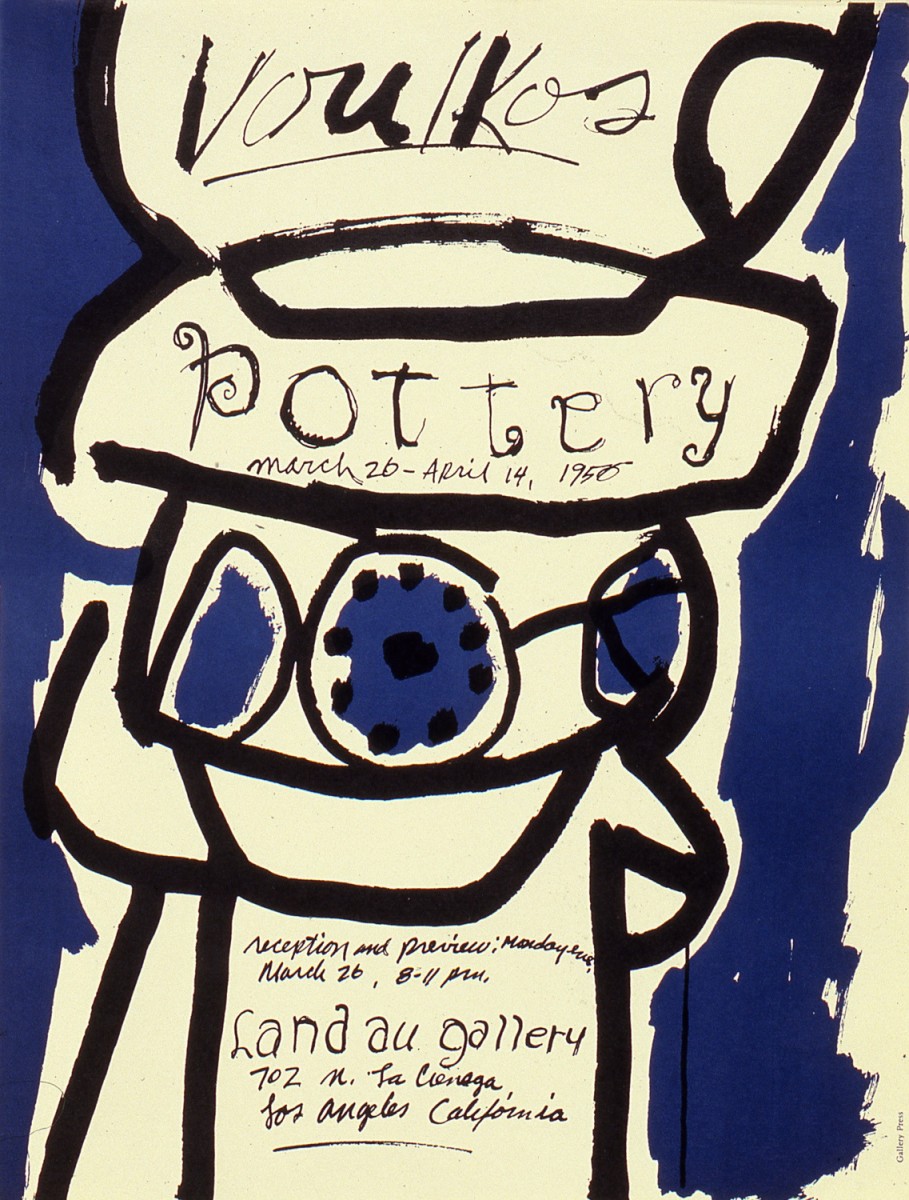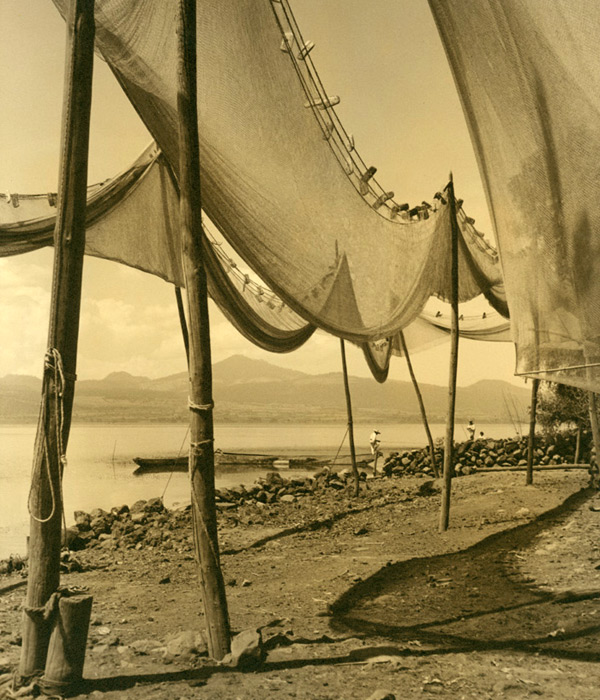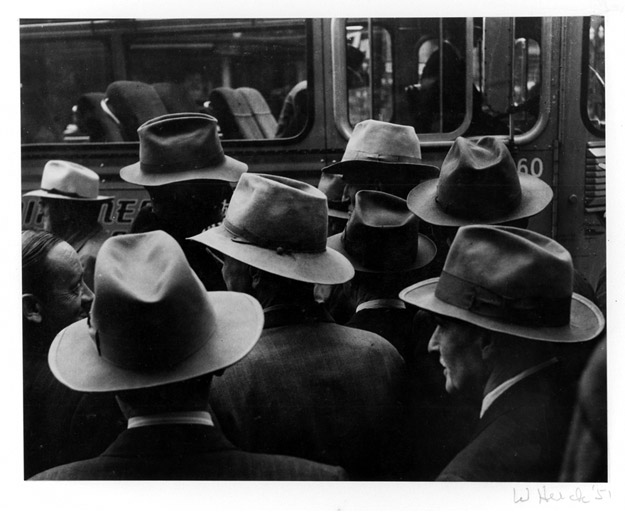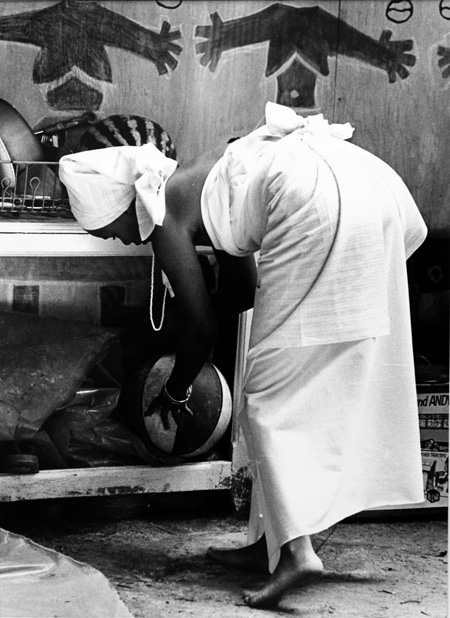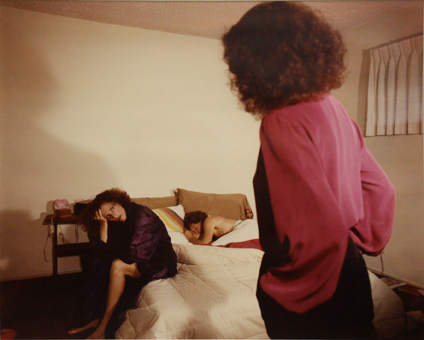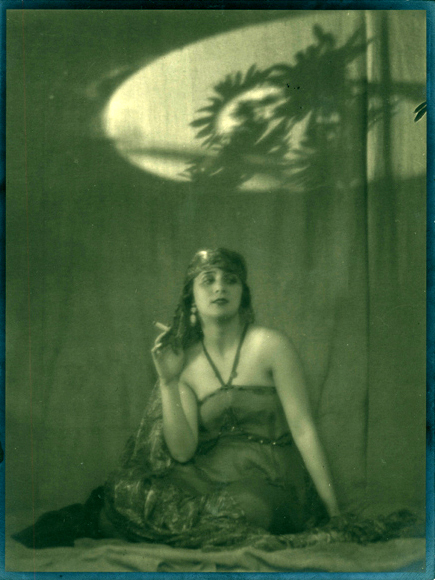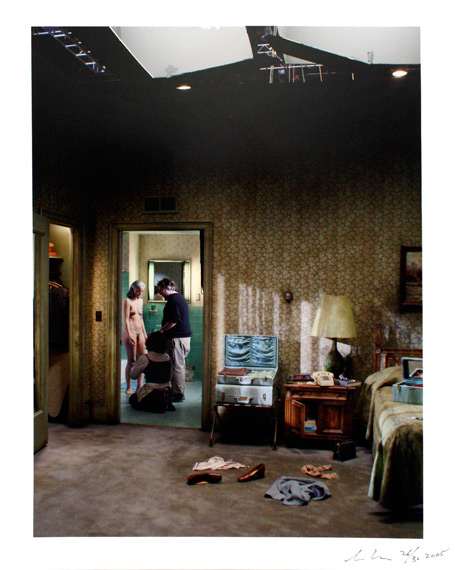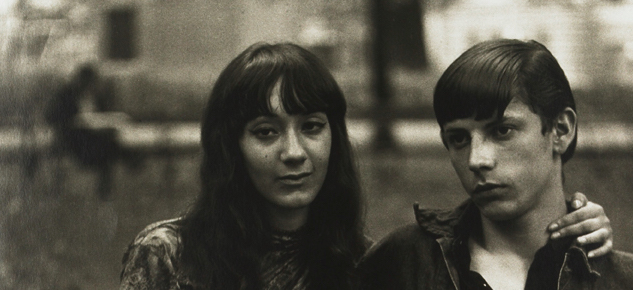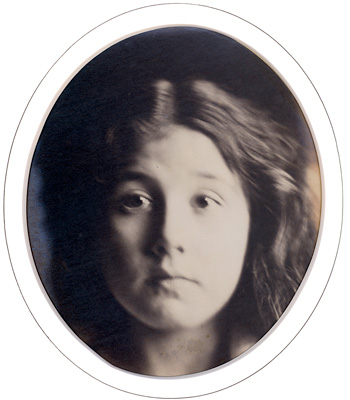Uncategorized (page 2)
A Preview of Clay’s Tectonic Shift: John Mason, Ken Price, and Peter Voulkos, 1956-1968
Take a break from studying for finals and delve into the LA art scene of the fifties with “A Preview of Clay’s Tectonic Shift: John Mason, Ken Price, and Peter Voulkos, 1956-1968.” Mary MacNaughton, director of the Williamson Gallery and Associate Professor, Art History, Scripps, will give a preview of the upcoming exhibition at the […]
Read MoreGordon Abbott
Gordon Abbott was a twentieth century American photographer born in 1882. He spent much of his professional life working in Mexico and Guatemala and died in Mexico City in 1951. More than mere travel photography, his work captures the spirit of the places and scenes he witnessed. Instead of the flashy images suited for tourists’ guidebooks, Abbott created photos of a more contemplative nature.
Read MoreWilliam Heick
Though William Heick is best known for his ethnographic photographs and documentary films of Native American cultures, his early work focused on street life in 1940s and 1950s San Francisco. His vibrant portraits capture the dynamic community of the city and the surrounding countryside — the artists, entertainers, industrial workers, cotton pickers, and street people who populated the mid-century San Francisco area.
Read MoreWilliam Anderson
During his forty-year photographic career, William Anderson documented the everyday lives of impoverished African Americans in the rural South. His pictures reveal their endurance, dignity and humanity in the face of great hardships. Anderson’s photographs look beyond the wretched conditions of poverty to encompass a sense of community, laughter, and even triumph, without erasing or negating the destitution of the poor.
Read MoreEileen Cowin
Eileen Cowin’s work in the 1980s explores the depth of narrative that mise en scéne photography can convey to a viewer. Mise en scéne photographers exert a control over their work that is similar to an auteur’s command over a movie-set: they both have total mastery over every detail.
Read MoreArthur Kales
Arthur Kales’ portrait of Ruth St Denis gives dimension to a compelling artistic discourse about cultural diversity in America.
Read MoreGregory Crewdson
Contemporary photographer Gregory Crewdson doesn’t take pictures. Instead, he spends several months meticulously planning surreal and elaborately staged scenes of American homes and neighborhoods. Building his stage sets from scratch, his large-scale photographs require a crew of 40 to 50 people to set up the detailed and suspenseful scenes, including lighting, set designers, and even casting directors.
Read MoreDiane Arbus
Diane Arbus often established connections between the strangers whose portraits she chose to capture. Visiting their homes and learning about their private lives, Arbus still managed to include a mysterious aspect in all of her photographs that make the viewer wish to engage with the subject in the same manner that Arbus did.
Read MoreJack Delano
With his camera, Delano captured valuable historical events, and in doing so, he gave voice to those most affected by tragedy. In 1939, he was commissioned by the Farm Security Administration’s (FSA) photography project, a governmental effort to record and understand the effects of policy reform on small-town America.
Read MoreJulia Margaret Cameron
In 1863, Julia Margaret Cameron, one of Victorian England’s most renowned women photographers, received her first camera at the age of 48. Given her age and gender and the time period she was living in, Cameron was not expected to contribute much to photography as an art form. However, her skill and persistence made her photographs some of the most iconic images of the Victorian era.
Read More

